With modern days work culture revolving around sitting at a desk, talking on the phone, or carrying heavy loads, it is easy for us to forget about our posture.
Bad posture can have a negative effect on our lives as it can make it difficult to move around and complete basic tasks.
Some exercise helps with posture and moveability, so is surfing a sport that is good for posture?
Surfing, when done with the proper form is excellent for your posture, but when done badly can do more harm than good.
Continue reading to find out how to execute the correct form when paddling, popping up, and standing, as well as different ways to improve your posture while out the water.
- Bad Surf Form Can Hurt Your Posture
- Correct Surf Positions for Good Posture
- Out of Water Exercise for Surfing Posture
- Conclusion
- You Might Also Like…
Bad Surf Form Can Hurt Your Posture
Before moving on to how to improve your posture when surfing, it is important to understand the consequences of bad form when surfing.
Two of the most common posture-related problems for surfers include surfers neck and surfers back.
Surfers Neck
Most surfers will have experienced stiffness or soreness in the neck area at some time.
Although this may be entirely unrelated to your surfing practices, surfers neck is a common injury for surfers.
Surfers neck is usually related to paddling, however, stiffness in the neck can sometimes be experienced after a wipeout.
How does surfers neck form?
There are numerous ways you can strain your neck, but most of them are related to lying in the prone position for too long (lying on your stomach).
Extending your neck for long periods of time in this position puts a strain on the upper spine and soft tissues.
Inadequate extension of the thoracic (upper back spine), which results in overextension of the cervical spine (spine in the neck).
A lack of flexibility and strength of muscles in the upper back region and spine put you at high risk of a neck injury, especially when wiping out or while twisting and turning.
Another interesting cause of surfers neck is related to your breathing technique.
Surfing can be a good workout, but breathing with your neck muscles and not the diaphragm can lead to neck problems.
Surfers Back
Reported at the highest occurring surf related injury by an Australian study, almost all surfers will be familiar with the feeling of a stiff back at some stage.
Surfers back are related to the stiffness of muscles or pain in the lower section of the back and, just like surfers neck, is most commonly attributed to paddling technique.
The tightness in the lower back usually forms from overarching or stiffness in the upper back region.
As it is with surfers neck, surfers back is closely related to prolonged paddling or lying on the board.
Other contributors to surfers back and lower back pain includes:
- Prolonged extension of the lumbar
- Inadequate extension of the thoracic and cervical spine
- Explosive turning and twisting of the mid-body
- A lack of flexibility in the lower back
- Insufficient core stability and strength
Correct Surf Positions for Good Posture
As mentioned before, surfing with proper form can be beneficial for your overall posture.
The correct form will also:
- improve your overall surfing technique
- allow you to paddle more efficiently
- pop up with less effort, and
- feel more stable and agile while standing up.
Paddling Posture
Forming the largest part of exercise while surfing, your paddling skills will be the difference between easily catching a wave, or making surfing very hard.
When paddling, your core should always be engaged and your legs securely together.
Doing this will take the pressure off your lower back as it will not need to do all the work to keep your body straight and strong.
Your arms should be kept close to your ears when paddling instead of out in a “V” shape.
This will help keep your body in line, which will help to safely engage your back and shoulder muscles.
Doing so will evenly strengthen your upper back, which will result in a better posture.
Another plus side of paddling with this formation is you will become more efficient as you limit water resistance and take advantage of the maximum area of your arm for each stroke.
The following exercises are great to aid in paddle strength and proper form, and the best part is you can do them at home whenever you have some free time:
Popping Up Posture
When popping up, your hands should be shoulder-width apart and approximately in line with the middle of your chest.
Be careful not to allow your shoulders or chest to collapse by keeping your chest open and your shoulders back.
Your feet and legs should be kept together while you engage your thighs and core.
Your core should remain active and engaged while you bring your feet under your body and into the standing position.
The set up for this position is very similar to the yoga pose known as upward dog. In yoga, this pose is used to stretch the back and open the chest and shoulders:
With your body in this position, you will get a good stretch while maintaining a better body alignment.
This will help keep your spine safely stretched while building muscles in a posture-positive manner.
Standing Posture
After popping up, align your body so that your front foot is facing sideways (towards the long side of the board) while your back foot is slightly faced out.
Your knees and hips should be slightly bent towards the center of the board. Don’t lean over your hips, but instead “aim down”.
Keeping this standing position will allow you to stay stable on the board when engaging your core.
Of course, as your surfing improves, your feet will move around the board a bit more, but the center of gravity stays much the same.
Doing this will not only help you remain standing on the board but will transfer to your posture outside of the water.
Out of Water Exercise for Surfing Posture
When most people think of good posture, a strong back and core come into mind.
However, a good posture is far more than strength.
Lacking flexibility in opposite muscle groups can cause bad posture and spinal pain.
For example, if your chest and shoulders are too tight, they will pull forward and create a curve in your upper back.
Another example is if you have tight hamstrings you may find that your lower back is arched, which may eventually lead to lower back pain.
The following stretchers will help you get the most out of surfing while keeping your spine safe and secure.
Downward Facing Dog
- Start in a tabletop position (plank pose) with hands flat on the ground and arms fully extended at shoulder-width apart.
Your knees should be directly below your hips with your calves extended straight out.
- Engaging your core, lift your hips up and back while extending your legs to form a triangle shape with the inside angles of your body.
- Your body weight should be in your hands with your inner arms facing forward
- If you have tight hamstrings you can slightly bend your knees to avoid overstretching, but your back should remain straight and your weight evenly distributed.
- Your eyes should be looking down and your neck should be relaxed.
- Hold the position for 30 – 40 seconds, return slowly to the starting position, and repeat.
Forward Fold
- Stand straight with your feet hip-width apart and toes facing forward.
- Slowly bend towards your feet as far down as you can go.
- Make sure that you do not overextend your legs. If you suffer from hyperextension then keep a slight bend in your knees.
- Here you can grab each of your elbows and hang.
- Keep your weight in the center of your body and refrain from bouncing.
- Hold for 30 – 40 seconds and then slowly roll your back up to the starting position.
Marichyasana 3 (Sitting Twist)
- Start in a seated position on the floor with your legs stretched directly in front of you.
- Your feet should be flexed with your thighs active and facing upwards.
- Bend your right leg and cross it over your left thigh.
- Keeping your shoulders back and your core engaged, take your left arm and place it on the outside of your right knee.
- Using your back muscles, slowly twist so that you are looking over your right shoulder.
- Place your right hand behind you with your fingers pointing out.
- With each inhale, extend your spine upward, and with each inhale move deeper into the twist.
- Your back should be straight, shoulders should be back and your chest open.
- Hold for 30 – 40 seconds and slowly move back to the starting position.
- Repeat the stretch on the opposite side.
Upward Facing Dog
As we spoke about this when talking about keeping a proper pop-up posture, there is no need to repeat the steps.
However, it was worth mentioning again as it forms a part of a fantastic yoga routine that will without a doubt help your posture within and out of the water.
This routine is known as sun salutations or Surya Namaskar.
The short video will guide you through the simple flowing movements that are involved.
This is an amazing way to stretch out the spine in the mornings, or simply to use as a surf session warm-up.
Take note at the following times as they demonstrate some of the stretches above while done within a flow:
- Forward fold: 01:38
- Plank pose: 02:05
- Upward facing dog: 02:07
- Downward facing dog: 03:01
Conclusion
Surfing with the correct form and technique can show an amazing improvement in your daily posture.
The great part here is that a good daily posture will make your surfing easier, more fun, and more efficient.
Practicing posture exercises out of the water and making sure to have proper form while surfing will give you an advantage over those who don’t.
Posture is not only attributed to good muscle strength, but also to flexibility and a full range of muscle movements.
Being flexible will improve your posture as well as reduce your chance of injuries.
You Might Also Like…
-

Do Surfers Ride Switchfoot? 5 Benefits (& Why You Should Learn It)
-

Do Surfers Shave Their Legs? 5 Common Reasons (+Pros & Cons)
-

Do Surfers Wear Helmets? 8 Situations You Should Wear One (+4 Cons)
-

Do Surfers Poop in the Ocean? Myths & Facts (+5 Tips)
-
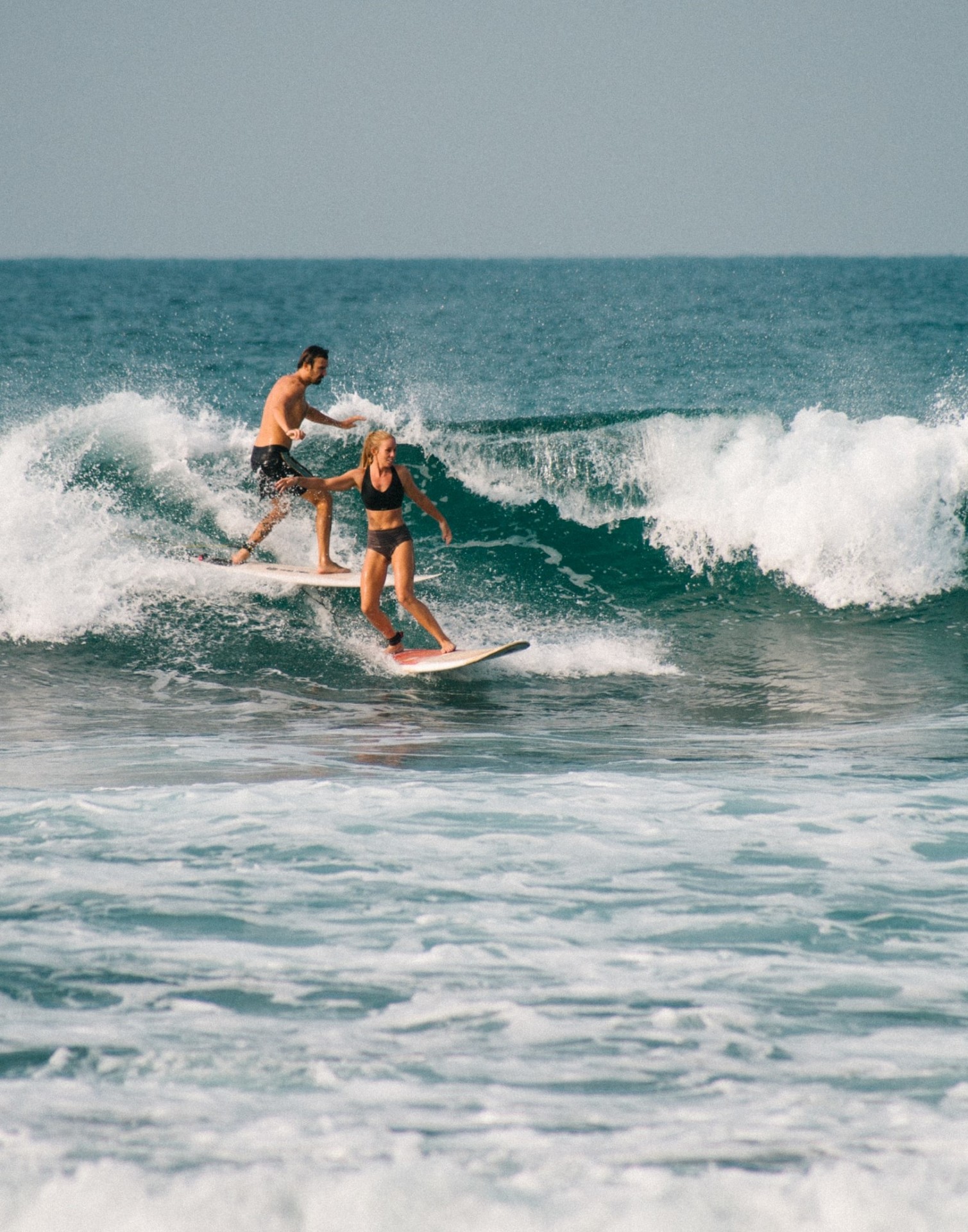
Do Surfers Run Into Each Other? 5 Common Reasons (+8 Tips)
-
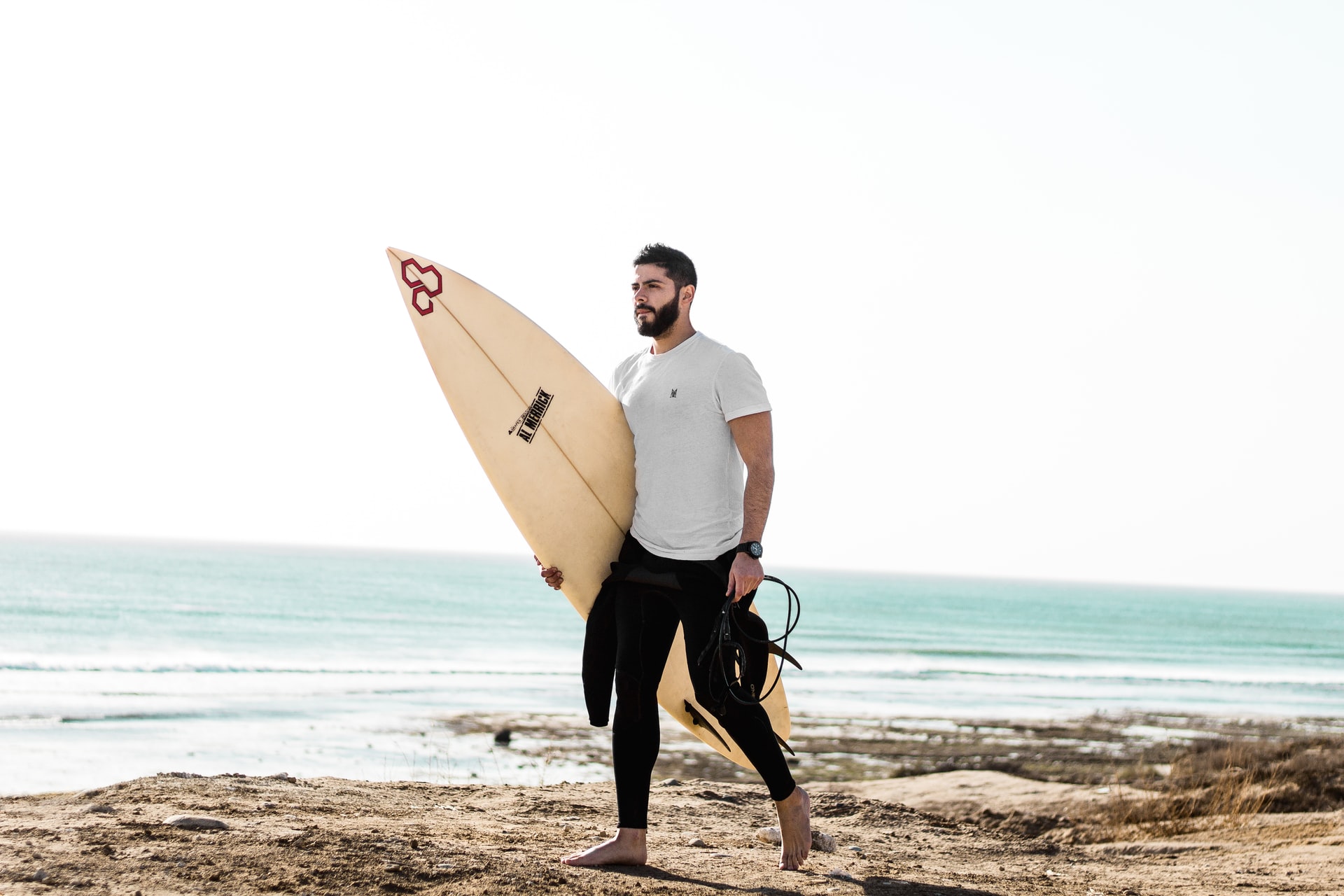
Do Surfers Have Beards? Pros & Cons You Should Know (+4 Tips)
-
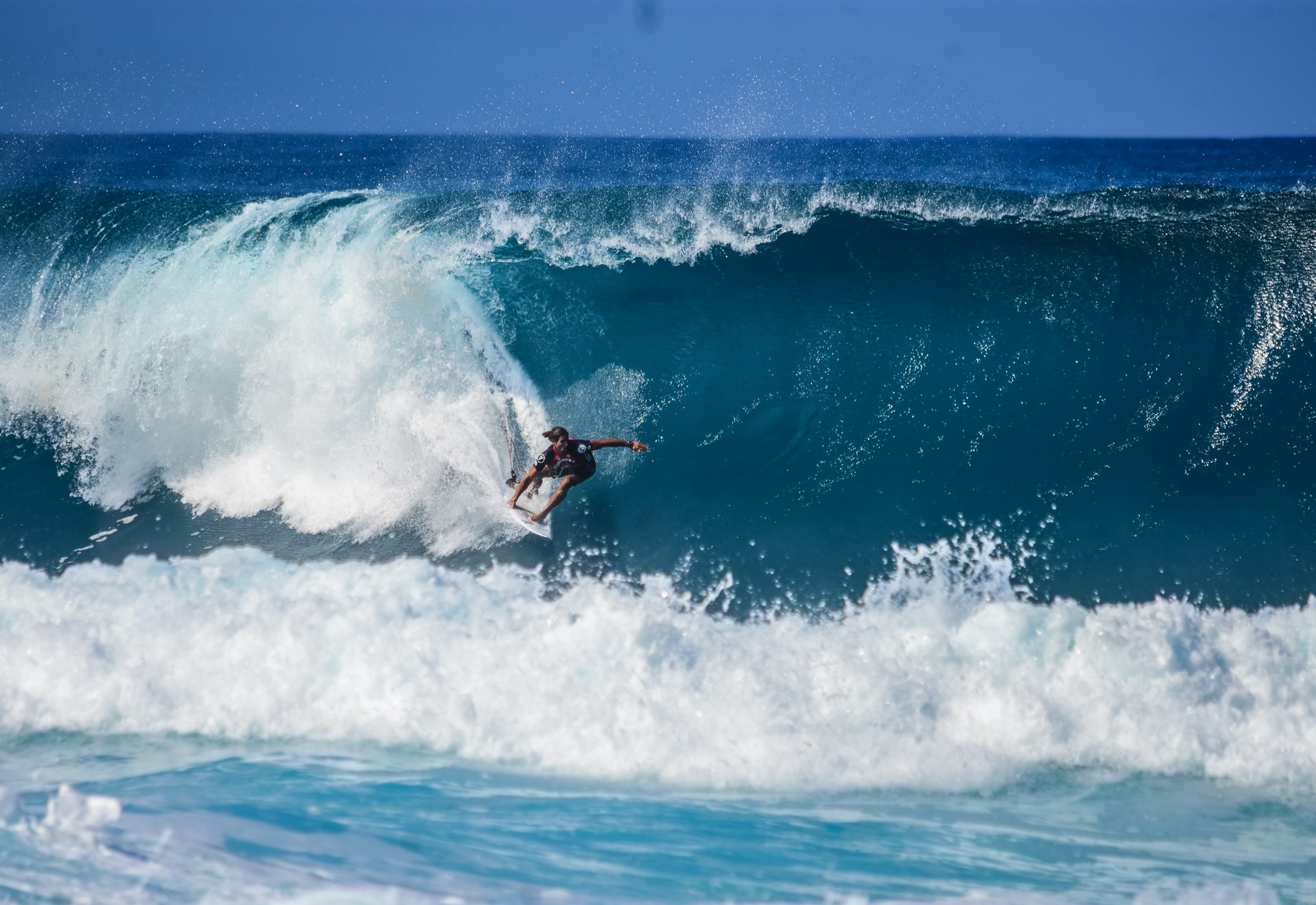
Do Surfers Like Constructive or Destructive Waves? (+Pros & Cons)
-

How to Surf Safely: 34 Crucial Tips (Every Surfer Should Know)
-
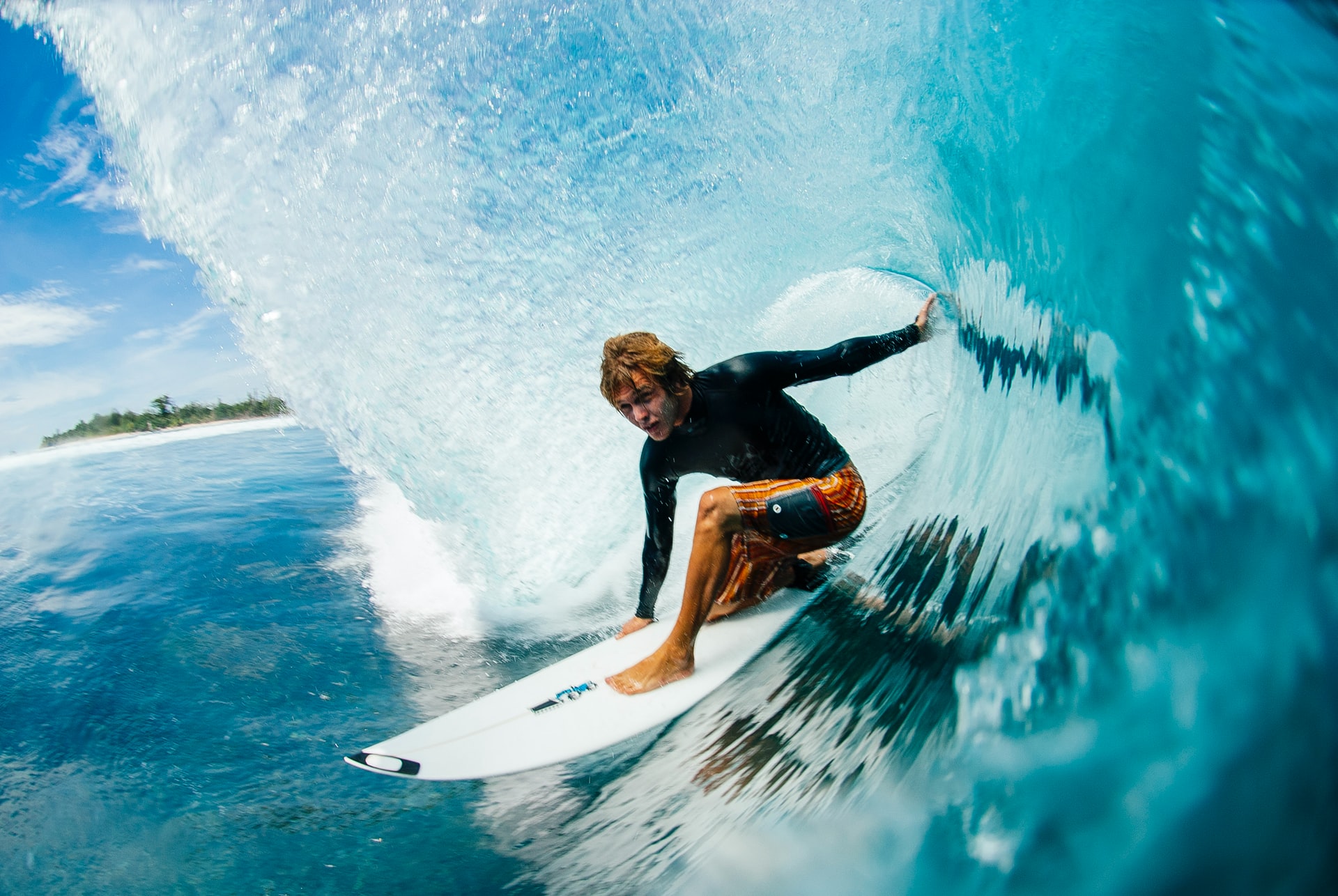
Do Pro Surfers Use Leashes? (+6 Reasons Why You Should Too)
-

Do Many Surfers Drown? Here Are the Facts (+4 Common Reasons)
-
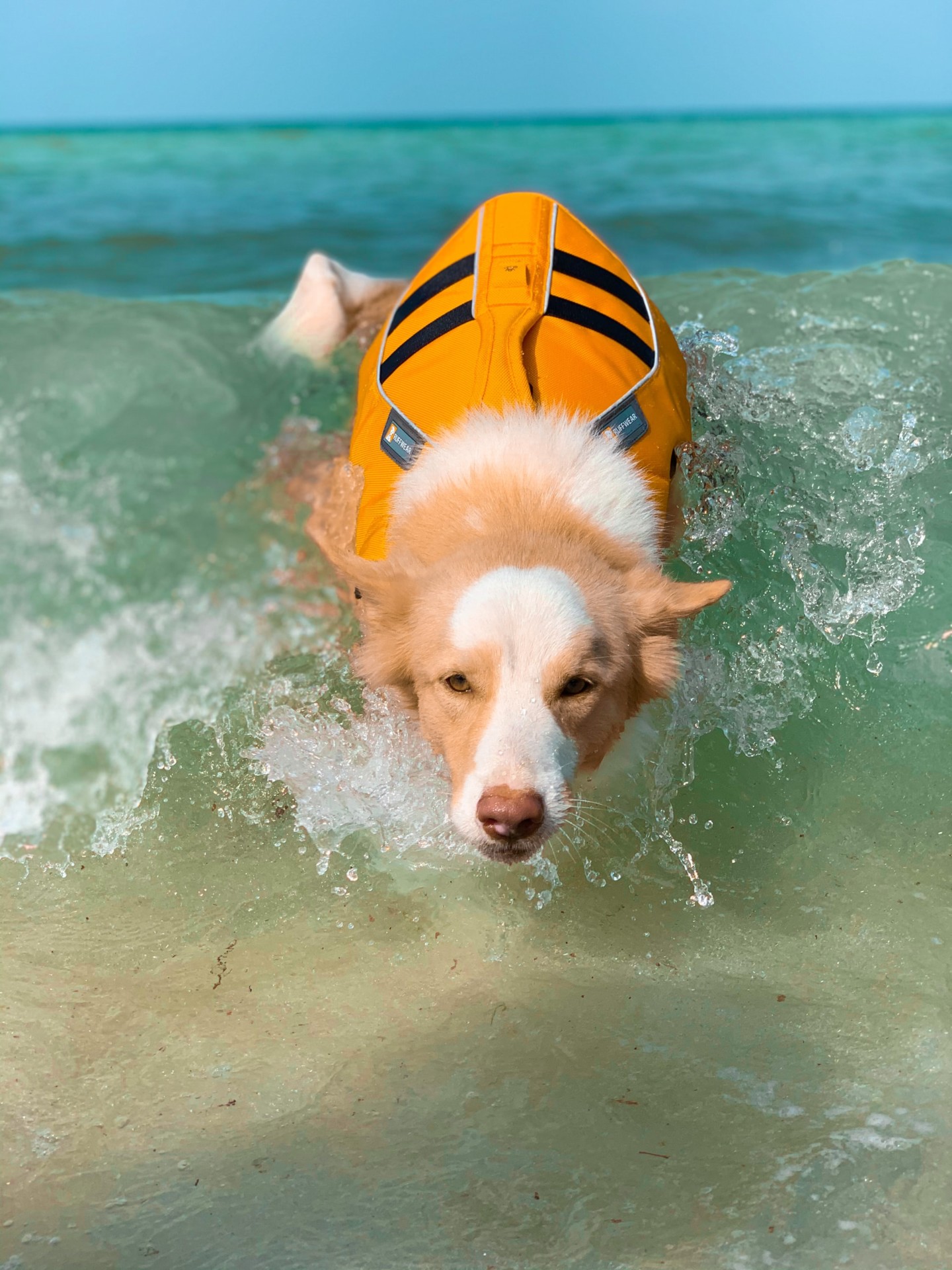
Do Surfers Wear Life Jackets? (7 Reasons Why They Don’t)
-
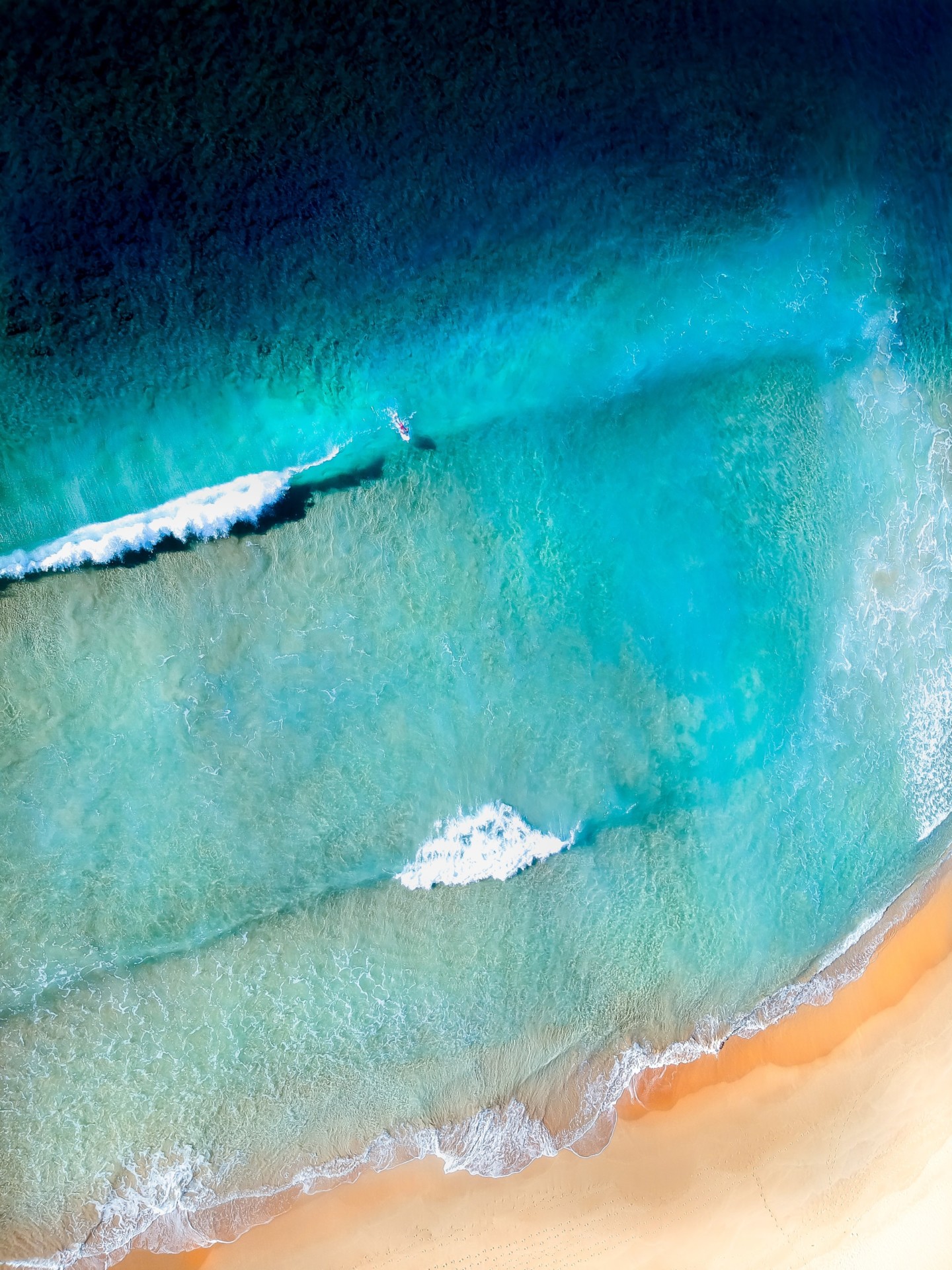
Do Surfers Like Rip Currents? (& How to Use Them Safely)








